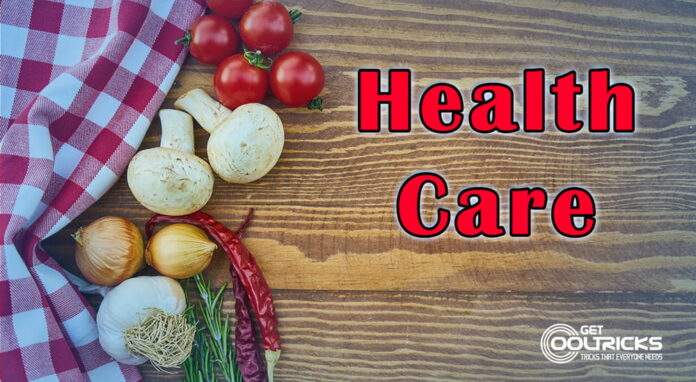Alongside protein and carbohydrates, fat is a type of food that our body requires for energy, to absorb vitamins, and to safeguard the health of our heart, brain, skin, and hair. We’ve been told for years that eating high-fat food can increase your waistline by inches, elevate your cholesterol, and result in a variety of health issues.
But as of late, we’ve learned that not all fat is created equal. We obtain fats as a type of nutrition from our food. While eating certain healthy fats is necessary, eating too much can be unhealthy. Our body gets the energy it needs to function correctly from the fats we consume. Saturated and unsaturated fatty acids make up all fats. Depending on how much of each type of fatty acid they contain, fats are classified as either saturated or unsaturated.
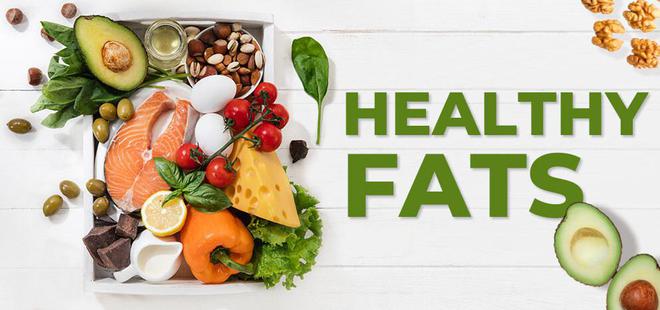
Types of Healthy Fats:
A nutritious diet should include fat. Limit foods high in saturated fat, favour “good” unsaturated fats, and stay away from “bad” trans fats. Vegetables, nuts, seeds, and seafood are the primary sources of healthy fats. They differ from saturated fats in that they have fewer hydrogen atoms linked to their carbon chains. At normal temperatures, healthy fats are liquid rather than solid. When consumed in moderation and utilized to substitute saturated or trans fats, both mono- and polyunsaturated fats can help lower cholesterol levels and minimize our risk of heart disease.
Healthy fats are polyunsaturated fatty acids and monounsaturated fats are also examples of unsaturated fats. These kinds of fats have lower disease risk.
Monounsaturated Fats
The risk of heart disease and stroke can be decreased by consuming monounsaturated fats, which can help lower blood levels of dangerous cholesterol. They also provide the body’s cells with the nutrition they need to develop and stay healthy.
Monounsaturated Fat Examples
- Olive Oil
- Peanuts
- Canola Oil
- Almond
- Hazelnuts
- Pecan
- Pumpkin and sesame seeds
Polyunsaturated Fats
Polyunsaturated fats, which are primarily found in vegetable oils, can help reduce triglyceride and blood cholesterol levels when they are used in place of saturated fats. Omega-3 fatty acids are a form of polyunsaturated fat that has drawn a lot of interest due to their possible heart-health advantages.
Polyunsaturated Fats Examples
- Soybean
- Flax seeds
- Walnut
- Fish
- Sunflower oil
- Tofu
Here are 9 high-fat foods that offer both high fat and high nutritional value.
Olive Oil
It also has minor levels of vitamins E and K in addition to its advantageous fatty acids. However, olive oil also contains a lot of potent antioxidants. These biologically active antioxidants may lower your risk of developing chronic diseases. More than half a spoonful of olive oil each day may reduce the risk of heart disease.
Approximately 13% of your daily required amount of vitamin E and 9% of your daily recommended value of vitamin K are each present in one tablespoon of extra virgin olive oil. In one tablespoon of Olive oil provides about 126 calories, 1.9 mg of Vitamin E, and 13.5 grams of fat.
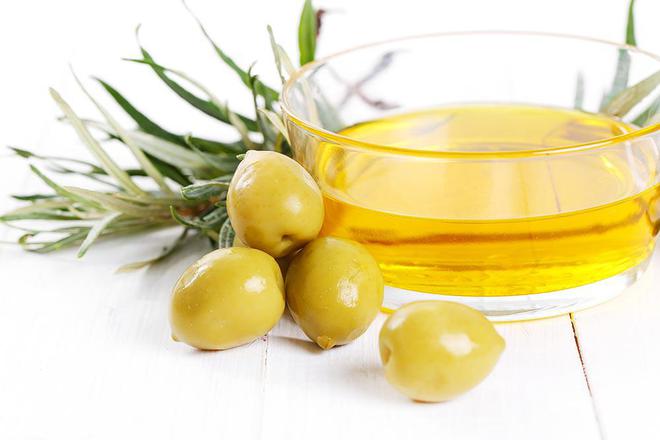
Avocado
Owing to its healthy fat content and high fibre content, the delicious avocado, with its high fibre and healthy fat content, offers numerous health benefits for the heart and may reduce symptoms of osteoarthritis. Your body absorbs other meals’ nutrients more readily when you consume Avocado alongside them. The food value of a medium size avocado is 3 grams of protein, and 22 grams of fat making up one serving or around 240 calories. Consuming avocados has been associated with decreased LDL cholesterol levels. In fact, a recent study found that those who are overweight or obese can lower their bad cholesterol by eating one avocado daily.
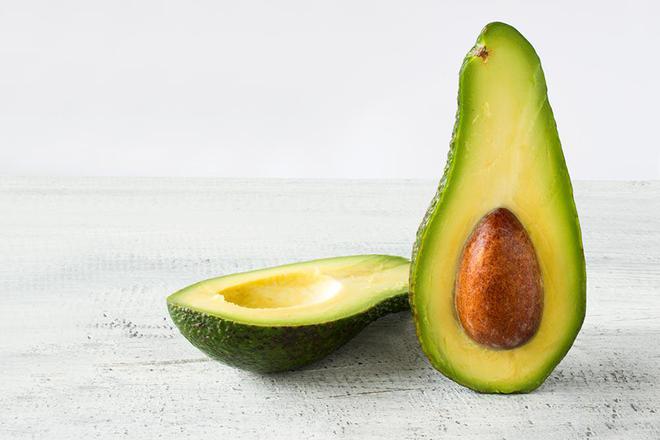
Peanuts
Monounsaturated and polyunsaturated fats are more abundant in peanuts than saturated fats, which are less healthy. Peanuts have a lower saturated fat content than other forms of fat, making them healthier for the heart. The majority of the fats in peanuts are mono- and polyunsaturated fats, which are good for the heart and can help decrease LDL cholesterol. Raw peanuts include 207 calories, 9 grams of protein, and 18 grams of fat per 1/4 cup serving.
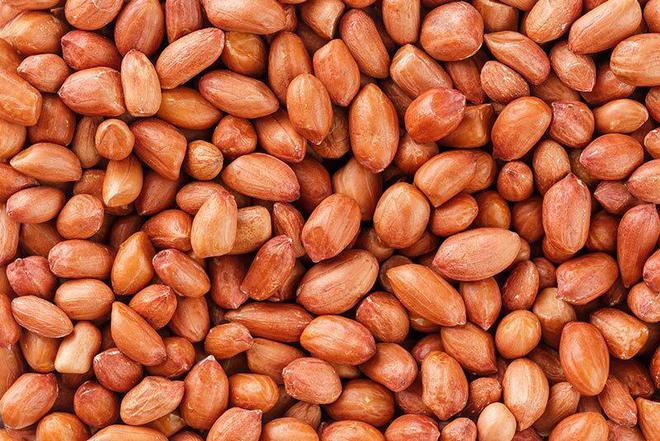
Edible Seeds
The best sources of fibre are seeds. Petite sesame seeds, sunflower seeds, chia seeds, and pumpkin seeds have a powerful impact. They include ‘good’ fats that can reduce cholesterol. Additionally, they contain numerous essential vitamins, minerals, and antioxidants as well as beneficial monounsaturated and polyunsaturated fats. Consuming seeds as part of a balanced diet can help reduce cholesterol, blood sugar, and blood pressure. It contains 5.8 grams of protein and roughly 164 calories.
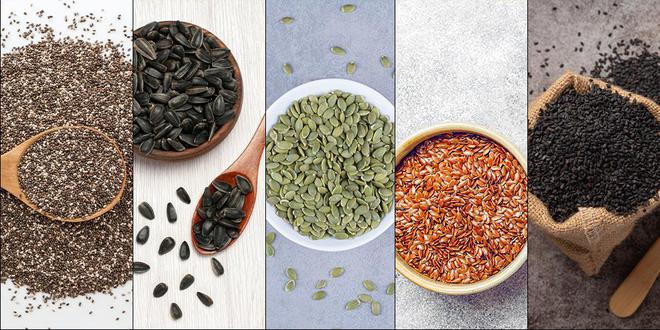
Walnuts
The fatty acids omega-3 and omega-6 are abundant in Walnuts. Copper and manganese are also abundant in them. Eating walnuts has been demonstrated in studies to lower cholesterol in general as well as bad cholesterol in specific. Walnuts contain mostly fat calories, similar to other nuts. They are therefore a calorie-dense, high-energy food. Walnuts are high in fat and calories, but research shows that when they are substituted for other foods in a diet, they do not raise the risk of obesity. Walnuts have 185 calories per serving. monounsaturated fat of 2.5 grams and saturated fat of 1.7 grams.
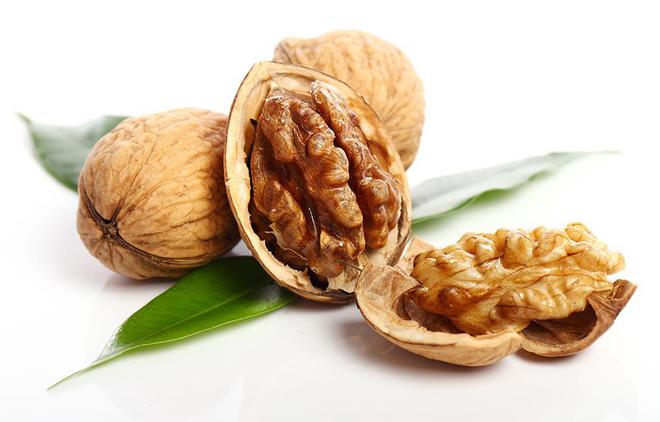
Tofu
Since it is a reliable source of plant-based protein and healthful fats, tofu is a favourite among vegetarians and vegans alike. This nutrient also aids in feelings of fullness and speeds up the recovery of your muscles following exercise, offering numerous health benefits. Tofu is low in saturated fat and a rich source of heart-healthy unsaturated fats, in contrast to many animal sources of protein. It is also a fantastic low-carb protein choice. 177 calories are included in a 122-gram block of hard tofu, 5.36 grams of carbohydrates, 15.57 grams of protein, and fat 12.19 grams.
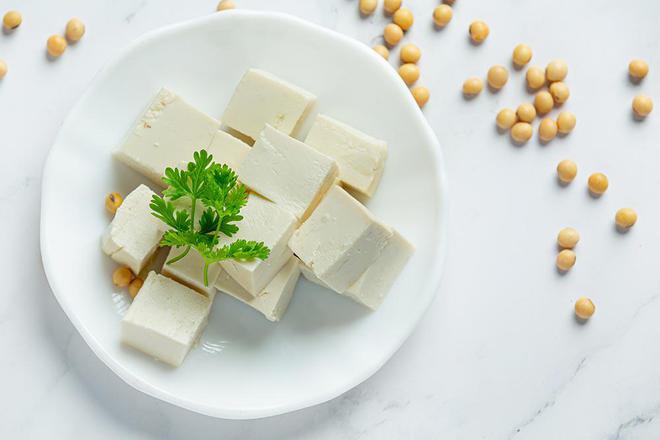
Eggs
It is common knowledge that eggs are a cheap and simple source of protein with numerous health benefits. The yolks are also a fantastic source of healthy fat if you don’t discard them. One egg has only 75 calories, but it also contains iron, vitamins, and minerals, 7 grams of high-quality protein, 5 grams of fat, and 1.6 grams of saturated fat.

Fish
Omega-3 fatty acids are the name for the unsaturated fats found in fish. Fish’s omega-3 fatty acids and other nutrients may improve heart health and lower the risk of heart-related death. It has an abundance of healthy fats. Even the fattier fish, like mackerel, herring, and salmon, have about 200 calories or less in a 3-ounce cooked dish. The majority of lean or lower-fat fish species, such as cod, flounder, and sole, comprise 100 calories or fewer per 3-ounce cooked amount. On average it has 40 grams of protein in one serving.
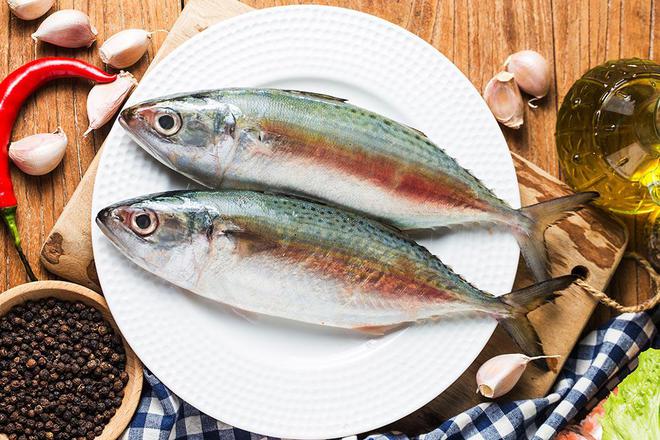
Dark Chocolate
Dark chocolate and cocoa have a healthy fatty acid composition. Iron, magnesium, and zinc are among the minerals that are abundant in dark chocolate. Cacao is a plant with a lot of nutrients and antioxidants that are used to make chocolate. With between 70% and 85% cacao solids, one ounce of dark chocolate contains 170 calories, 2 grams of protein, and 12 grams of fat, all of which can offer health benefits when consumed in moderation as part of a balanced diet.


